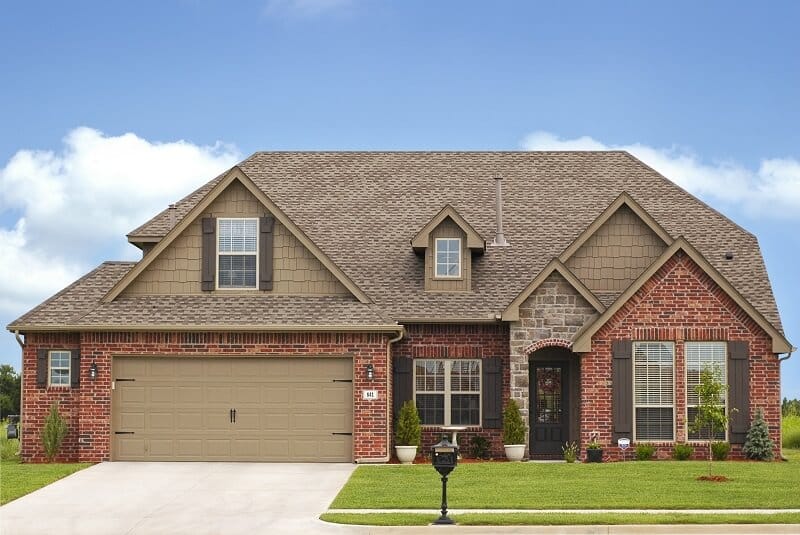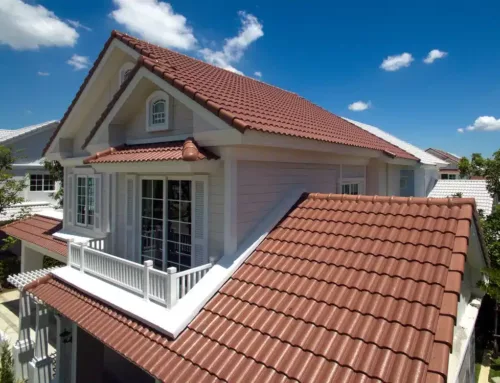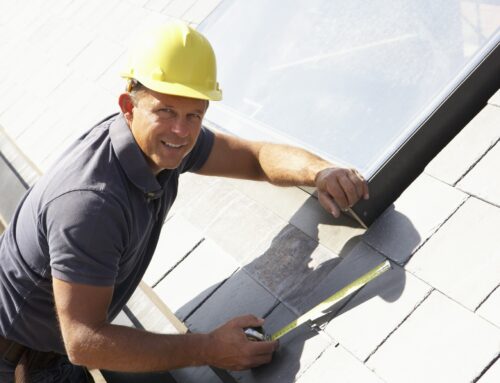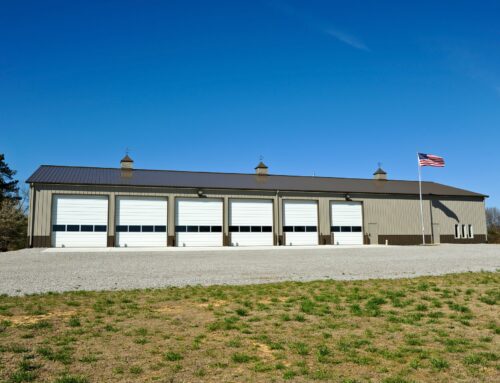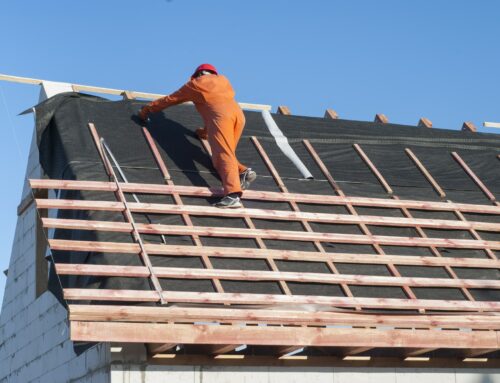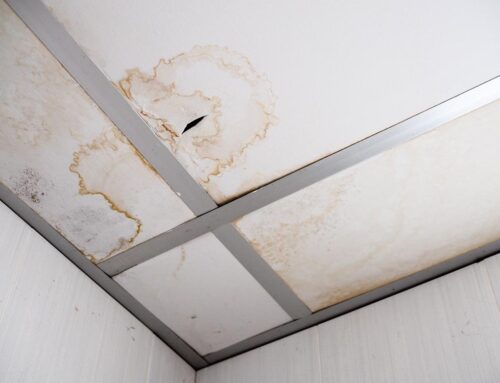Do you know what has to be done to install a roof on a home? Do you know all the different components that make up your roof? If not, now is the time to learn something about your roof. Believe it or not, being informed can actually help you care for your roof better and keep it in better, problem-free condition.
The Gable
This is the triangular part of your wall that is present in between the two pitches. Today, the gables are available in several styles, which include classic, false front and L-shape.
It’s important to note, not all buildings are going to have gables – especially a commercial building with a flat roof – however, the gable is extremely common for a residential home.
The Shingles
Okay, this one is pretty well-known, but still worth mentioning. The shingles serve several purposes, including providing the needed protection for your home and your roof. They offer a barrier against wind, snow, rain and more. Without shingles, everything inside the structure would become wet and unusable.
The Valley
This is the junction where the two roof plains actually meet. The valley of your roof is often prone to leaks, which is why it is so important that these areas are properly sealed.
There are three ways that a valley can be sealed, which include:
- A woven valley (the most waterproof option)
- Closed-cut valley (the most aesthetically pleasing option)
- Open valley (done with three tab or slate shingles)
The Flashing
You need flashing in any location where there is a potential weak spot. This includes skylights, vents, chimneys and more. The flashing is what keeps water from making its way into your house.
When the flashing is installed, it should always be going downhill. If it is facing an uphill direction, then water is going to make its way into your home.
The Roof Deck
The actual base of your home’s roof. In most cases, a residential deck will be made out of wood and sheathed with plywood. It is a preferable option due to it’s affordability and durability. The thickness of the wood will vary based on the weight of the materials being installed on top, the spacing and slope.
The Ventilation System
It is crucial that you have proper ventilation in your attic. Not only that, but you also need to ensure the ventilation remains in good shape so that it can protect your shingles while reducing overall energy costs.
While this is by no means a comprehensive list, it provides you with some general information about the various parts and components of your homes roof. When you know what different terms are and mean, you will be able to understand a professional if they have to make repairs.
Being informed is the best way for you to keep your roof in great, protective condition. A professional roofer can also provide you with more insight about the components of your roof and how they work together to protect your home.


